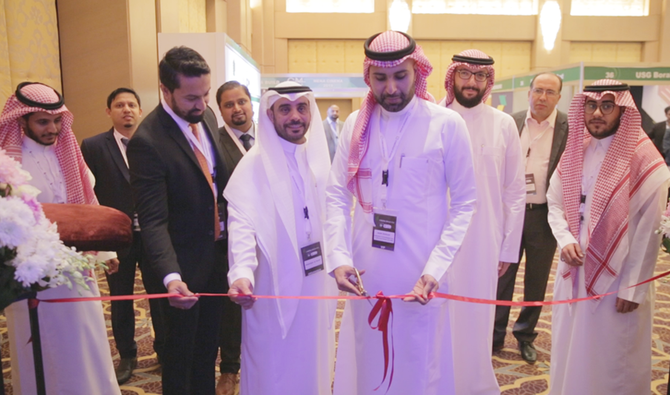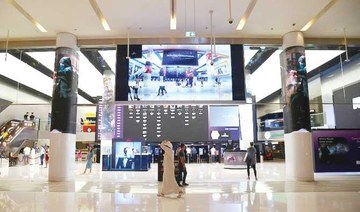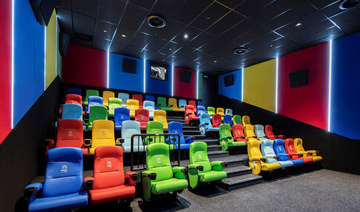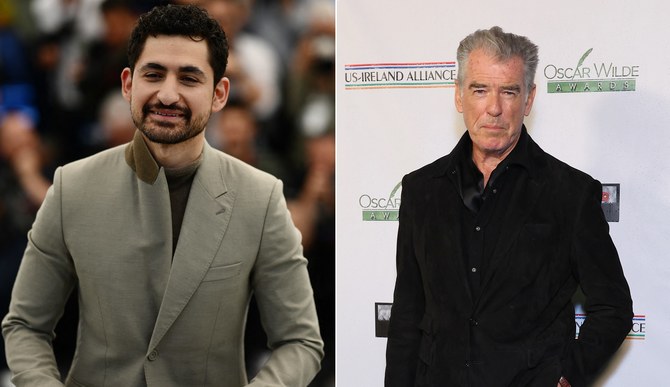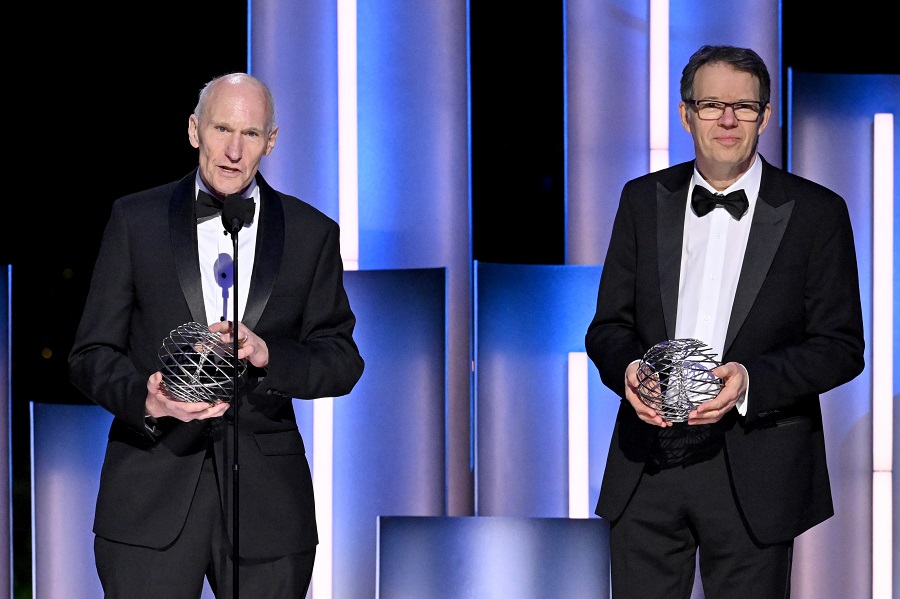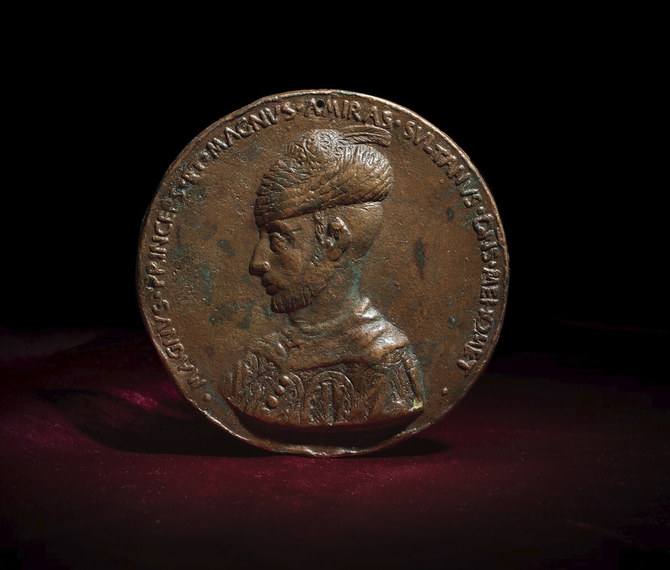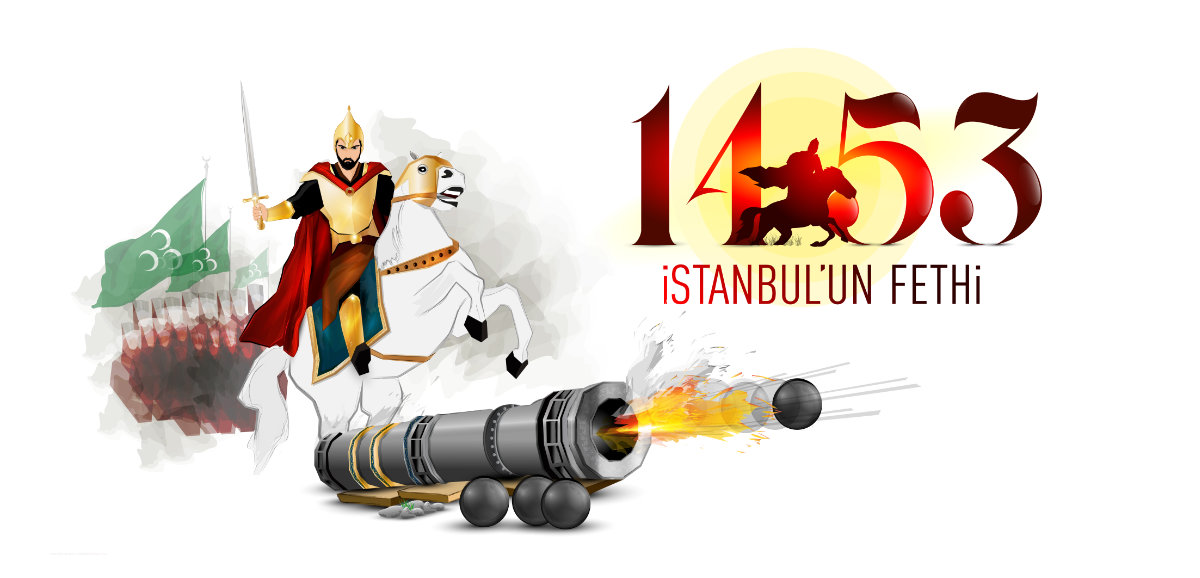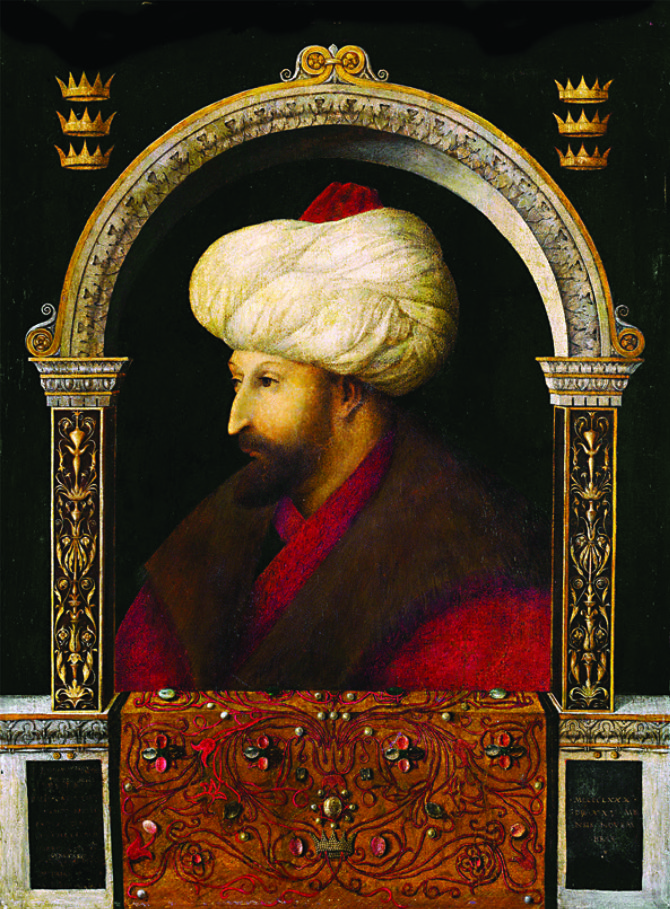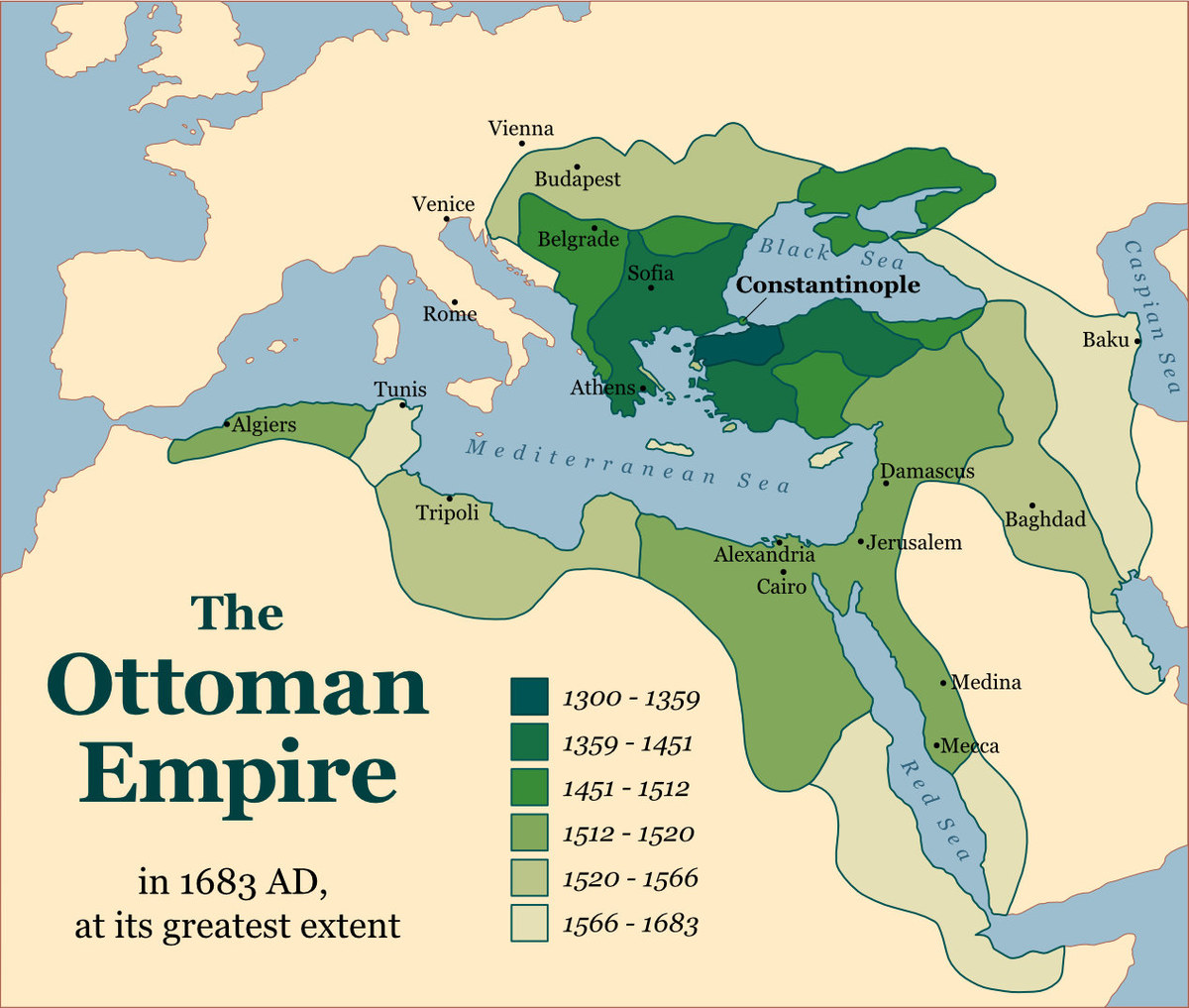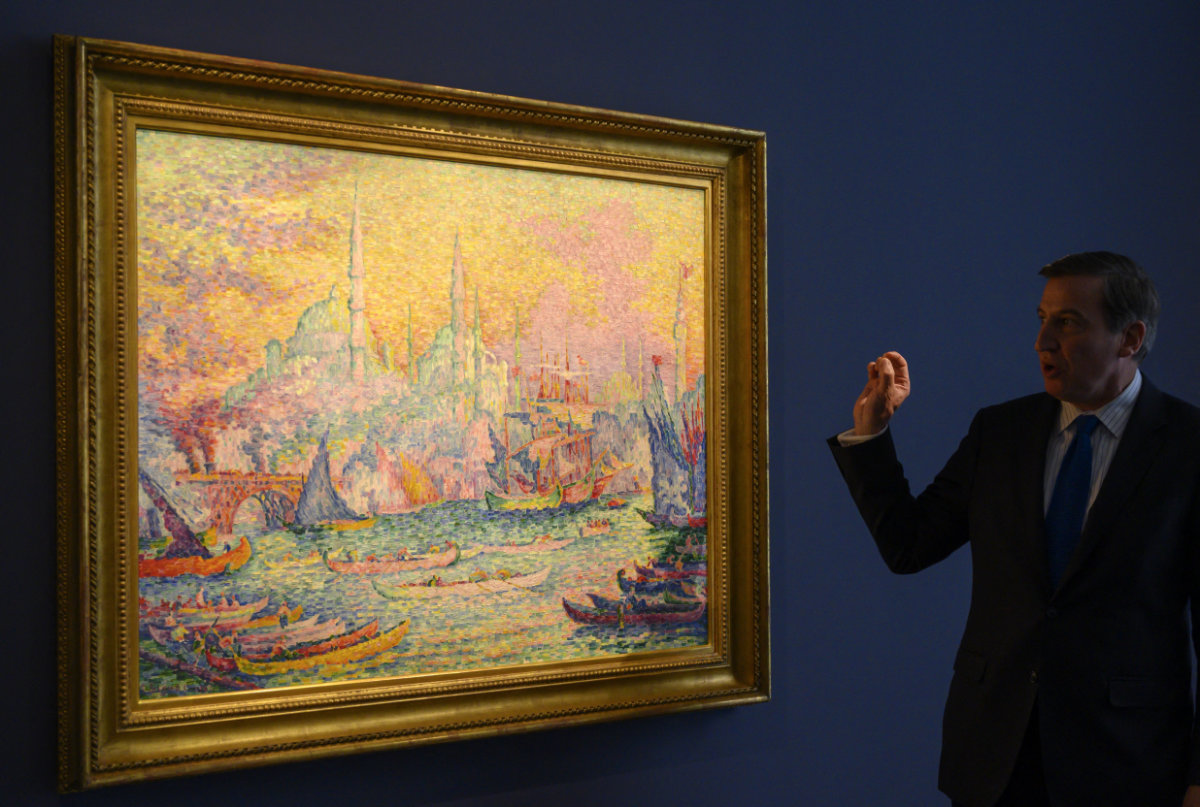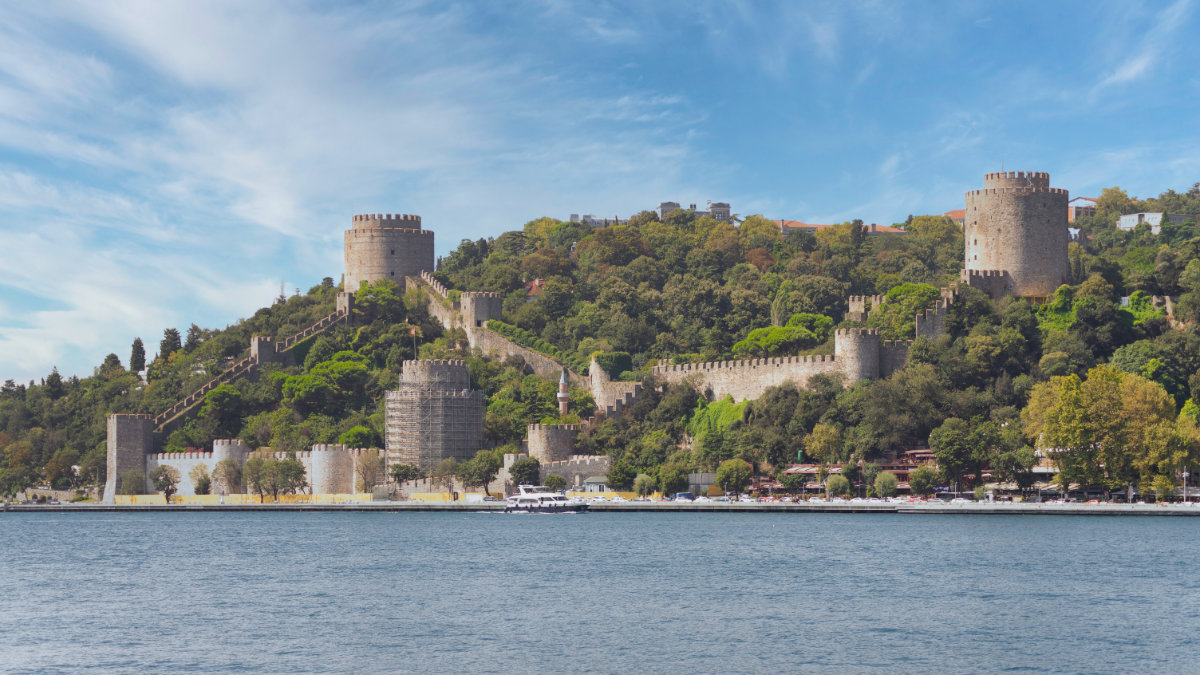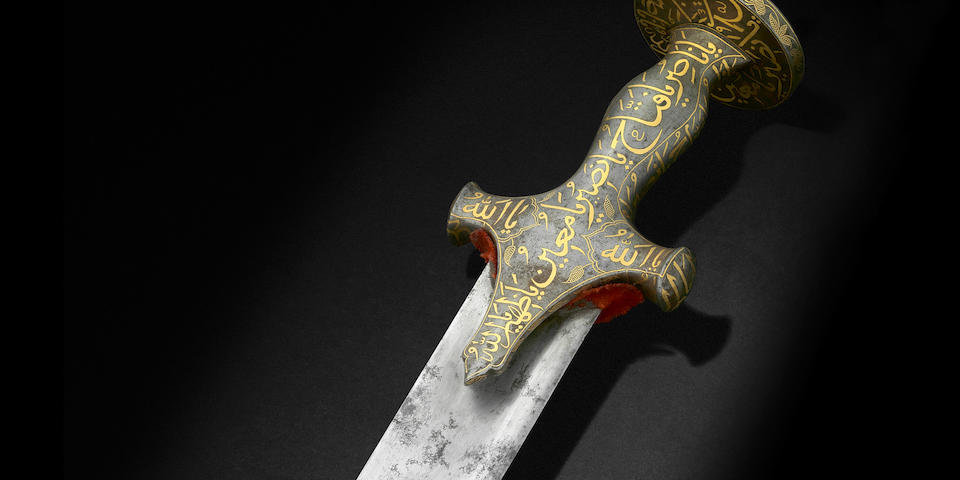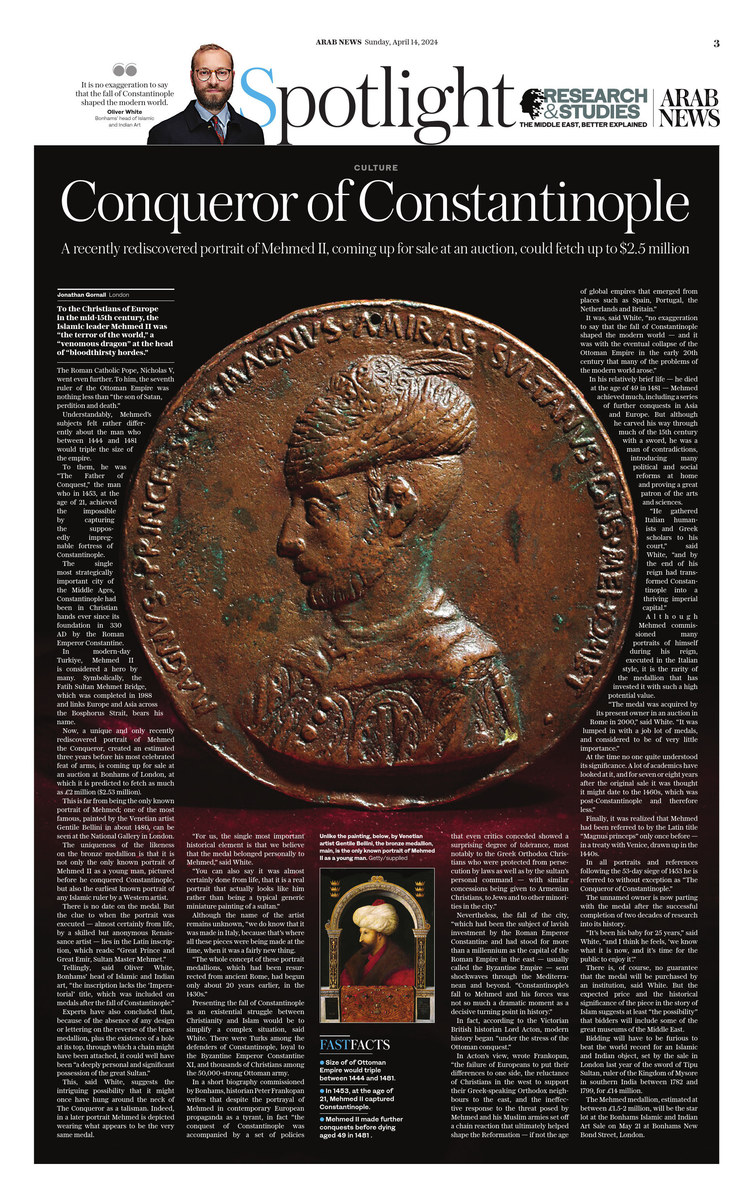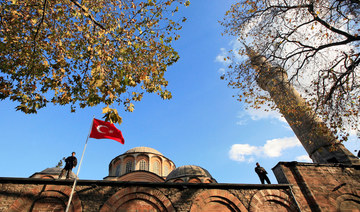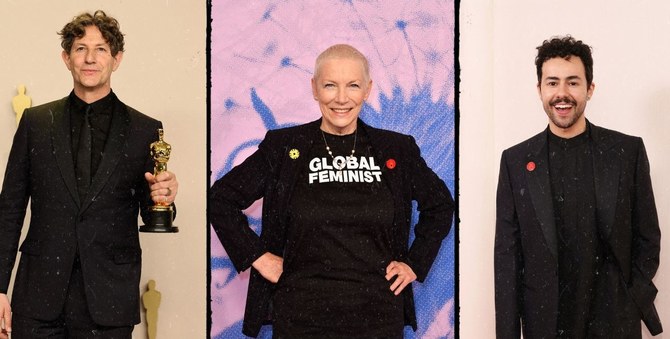RIYADH: The General Authority for Entertainment has indicated that the entertainment sector needs SR267 billion to build suitable infrastructure for entertainment across the Kingdom, with expected investments in the sector to reach SR18 billion annually, according to a 2018 report from Flanders Investment and Trade.
Vox Cinemas, a subsidiary of UAE-based Majid Al Futtaim, was awarded the second license to open cinemas in the Kingdom. The company also plans to invest SR2 billion in 600 screens over the next five years, which Saudi officials estimate will bring the total number of cinemas to 350 and the number of screens to 2,500 by 2030.
The first movie theater opened in Riyadh on April 18, 2018, and about 30 movie theaters are to be opened in 15 cities around the Kingdom within five years. The anticipated audience will visit 300 cinemas with more than 2,000 screens in the Kingdom by 2030 and the sector is forecast to be worth about $1 billion over the next few years.
The Cinema Build KSA Forum, in partnership with the General Commission of Audiovisual Media (GCAM), the forum’s government supporting partner, attracted more than 300 attendees and KSA potential market-stakeholders from 30 countries in addition to more than 25 exhibitors for two days.
The sessions — led by 25 prominent international speakers and industry experts — discussed investment opportunities, business collaborations and future partnerships, cinema industry competitiveness through design and innovative theming, and redesigning existing entertainment hubs such as shopping malls to include cinemas.
Organized by Eyes of Cities in collaborationwith Great Minds Event Management, Cinema Build KSA Forum has brought together stakeholders across the design, construction and technology sectors to discuss the latest trends and techniques of building world-class cinemas in the Kingdom. The event revealed a range of new building solutions and equipment used in developing future cinemas, multiplexes and malls to serve as a key contributor to the industry.
With a population of more than 32 million, the majority of whom are under the age of 30, Saudis spend about $30 billion annually on tourism and entertainment outside the Kingdom, which makes movie theaters open to a domestic market expected to be worth up to $1 billion in annual box-office sales by 2030.
On the sidelines of the forum, Sunil Puthan Veettil, managing director of Carnival Cinemas, said: “Carnival envisions to operate around 300-plus screens over the next five years in the Kingdom of Saudi Arabia. Our mission is to take good-quality movie-watching experience close to the people in the country. For this, we have made a study of all the provinces and identified several locations, subject to approval. Our idea is to move to all these provinces to set up entertainment centers.”
At the end of the first day, forum organizers held an award ceremony where Dr. Kamel Mohamed, CEO of East Delta Saudi, presented a memento to GCAM’s CEO Badr Al Zahrani to honor his efforts in supporting the forum. Dr. Kamel also presented mementos of appreciation to VOX, Carnival, Empire, Cinepolis, MUVI (Fawaz Alhokair) in recognition of their efforts to develop the cinema sector in the Kingdom. Eyes of Riyadh received a memento for supporting Great Minds Event Management’s efforts in marketing the forum.
Leila Masinaei, managing partner at Great Minds Event Management, said: “The world is witnessing Saudi Arabia’s confident steps toward an unprecedented era of social and economic reforms. The lifting of the cinema ban opens doors to untrodden grounds for investment and lucrative revenue streams for the Kingdom and entertainment sector stakeholders.
“We at Great Minds Events’ envisioned and have foreseen the massive growth opportunities in the entertainment sector in KSA; hence we are organizing Cinema Build KSA Forum to represent a global platform and bring (together) key entertainment project owners, government decision-makers, regional and international retail developers, family entertainment centers developers and cinemas. Consequently, Cinema Build KSA invites all stakeholders to explore the opportunities in the entertainment sector, as reports expect at least 300 cinemas, in addition to numerous family entertainment centers, to be built by 2030.”
Partnering with Cinema Build KSA were a number of high-profile entities in the field of entertainment, cinema constructions and technology such as VOX, Cinepolis, AMC, Empire, Carnival, Fawaz Alhokair Group, MUVI Cinemas, Jeddah Park, Compass Project Management, TK Architects, & Design Novel Architecture.




